#haeften
Text

Hier starben für Deutschland ...
Generaloberst Ludwig Beck
General der Infanterie Friedrich Olbricht
Oberst Claus Graf Schenck von Stauffenberg
Oberst Albrecht Ritter Mertz von Quirnheim
Oberleutnant Werner von Haeften
Bronze Statue (1953) von Richard Scheibe (1879-1964).
Berlin, Bendlerblock. Coordinates (52.50785, 13.36244).
12 notes
·
View notes
Text
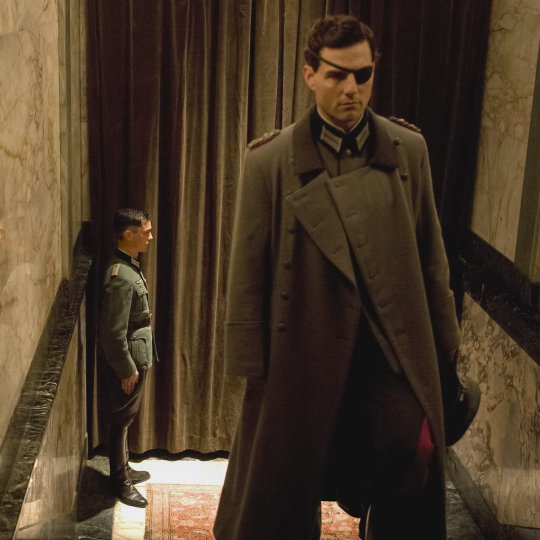
Valkyrie (2008)
#2008#film#movie#WWII#Valkyrie#Tom Cruise#Colonel Claus von Stauffenberg#Carice van Houten#Nina von Stauffenberg#Jamie Parker#Lieutenant Werner von Haeften
10 notes
·
View notes
Photo

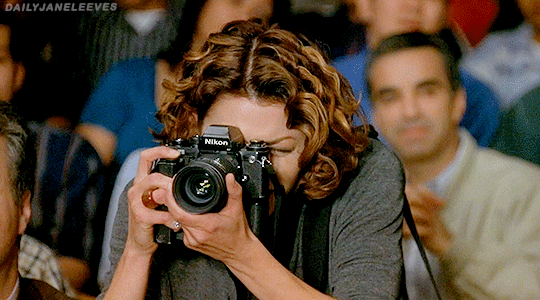

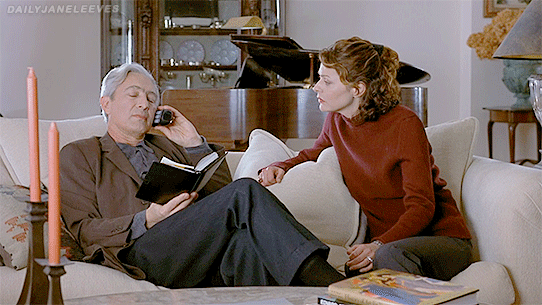
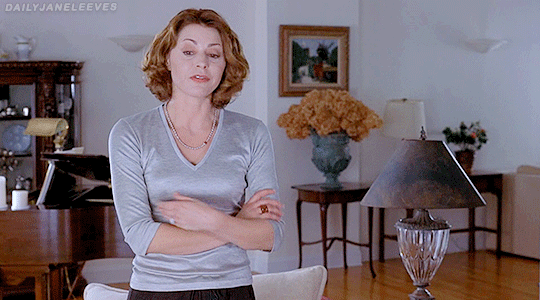

JANE LEEVES as DORTHEA VON HAEFTEN
in Music of the Heart (1999)
#filmedit#tvandfilmdaily#moviegifs#filmgifs#Jane leeves#music of the heart#dorthea von haeften#films: music of the heart
20 notes
·
View notes
Text
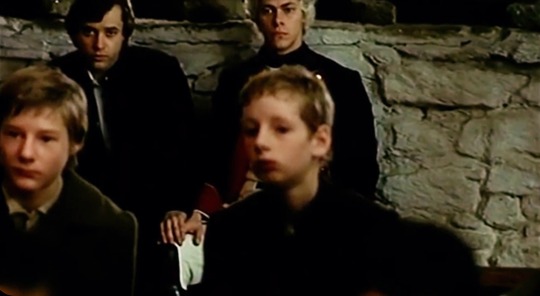

they day i'll be over this i'll be dead
#alexander von humboldt#and his boyfriend reinhard von haeften#casually holding hands in the back of the classroom 😥#dafür allein brauche ich eine 4k restaurierung#Die Besteigung des Chimborazo (1989)#danke annabelle dass du mich erinnert hast dass ich diesen film habe ich musste grad extra nochmal diese szene raussuchen 😭#alejandro
5 notes
·
View notes
Text

Roman Titinnabulum, 1st century, Pompeii. (CC) Ashley Van Haeften, Wikimedia.
Every once in a while I see a Tumblr post (fast rail indeed) that reminds me of this magnificent 13-cm-long bronze wind chimes found buried in the pumice of Pompeii.
It was one of several artifacts in a travelling Pompeii exhibit that students in an art history class I TAed could choose as the subject of their term paper.
Only one student dared to tackle it, with a serious and well-researched paper on Roman fertility charms and good-luck symbols. Best of all, thanks to early spellcheckers, she referred to the object in all earnestness as a "flying fallacy."
11 notes
·
View notes
Text
I’m returning to an article I can remember reading and trying to seriously think through a few years ago—back around 2019. The article is Sandra Rosenthal’s “Continuity, Contingency, and Time: The Divergent Intuitions of Whitehead and Pragmatism,” published in the Transactions of the Charles S. Peirce Society in 1996. In the article, Rosenthal argued that there is “a fundamental chasm” separating what she calls “Whiteheadian and pragmatic process philosophies” (542). This separation derives from “different intuitions of the nature of time” that are then “inextricably intertwined with diverse perceptions of the nature and interrelation of continuity, discreteness, and contingency” (ibid.). This initial article actually incited a reply by Lewis Ford the next year, to which Rosenthal then wrote a reply of her own, and then Chris van Haeften wrote what was essentially a follow-up to those previous discussions in 2001. So from a certain perspective the whole thing was quite productive.
Reading through it now, though, I’m struck by just how poor the level of argument is—but then I’m also not especially surprised. Lately I’ve really been coming to the assessment that the scholarship on Whitehead is, in general, extremely poor. Maybe I’m being harsh, and in general you’re not bound to find that much legitimately good scholarship on any philosophy, especially more marginal philosophers from older time periods.
Rosenthal states, early on in the article, that “the philosophical search for the security of fixity, the fully definite, as well as the a-temporal, has survived surprisingly well in Whitehead's philosophy” (542-543). This is, in fact, true in a rather mundane and obvious way, so that Rosenthal has no warrant for appending “surprisingly” to her sentence. Whitehead always made it clear that his philosophy included both (1) entities that are fully definite and determinate (in many of the distinct ways we could importantly define either of those two terms) and (2) permanent entities, including even entities that are a-temporal (which, again, could apply given at least a couple distinct ways of defining a-temporality).
Whitehead does, after all, include something called “eternal objects” in his category of entities. Or, if we want to turn to one of his more poetic (and thus, on an initial read, more memorable) phrasings, take how, in Process and Reality, he cites these lines from a hymn:
Abide with me;
Fast falls the eventide.
He then writes, “Here the first line expresses the permanences, ‘abide,’ ‘me’ and the ‘Being’ addressed; and the second line sets these permanences amid the inescapable flux. Here at length we find formulated the complete problem of metaphysics. Those philosophers who start with the first line have given us the metaphysics of ‘substance’; and those who start with the second line have developed the metaphysics of ‘flux.’ But, in truth, the two lines cannot be tom apart in this way” (209). Later in the book Whitehead will refer back to these lines, and state his point again: “Ideals fashion themselves round these two notions, permanence and flux. In the inescapable flux, there is something that abides; in the overwhelming permanence, there is an element that escapes into flux. Permanence can be snatched only out of flux; and the passing moment can find its adequate intensity only by its submission to permanence. Those who would disjoin the two elements can find no interpretation of patent facts” (338).
So Rosenthal is not wrong to state that Whitehead retains a place for “fixity, the fully definite, as well as the a-temporal”, no matter her moralizing over it—and it’s a common feature running through this paper that she uses moralizing terms like the “security” above while discussing what are really pretty mundane things. So Rosenthal is also correct in noting that actual occasions, upon coming into existence, “do not change, do not alter while maintaining an identity” (543). Thus there is, as she put it, “a fully fixed, unchanging past” (ibid.). She seems to want this to be somehow shocking to the reader. She later criticizes Whitehead’s philosophy for the way in which “potentiality and actuality are fundamentally isolated, for becoming actual is a process of achieving definiteness, and the moment of attaining full actuality and perishing is at once the attaining of absolute definiteness. There can be no residue of potentiality in the fully actual or it would not be fully actual, fully definite” (552). She characterizes this as actuality and potentiality being “strangely separated from each other” (ibid.). Her characterization again uses moral terminology—“isolated” and “separated”—in the process of characterizing what seems, rather, to be the mundane and common sense position, and perhaps even the semantically tautologous position. A process that may possibly occur many different ways will, when it occurs, occur in just one definite way: it will be actualized, and once it is actualized, there is no longer any potential for it to go any other way: it is now in the past. That's, semantically, the difference between saying it's merely possible but not actual, and saying it's actual. None of this seems, in itself, at all shocking. There surely could be metaphysical premises accepted for one reason or another that contradict this and thus motivate us to not agree with Whitehead, but those are not obvious and the position in itself is certainly not “strange.”
This problem of possibility and actuality is in general treated in a confusing manner by Rosenthal. Take, for example, this passage:
Because of this absolute fixity of the past, Whitehead's system requires eternal objects to account for novelty. For, if the past provided everything for the present, then nothing new could appear; the apparently new would be merely a configuration of the old. Since the past is fixed and final, novelty is possible only by the intervention of something eternal or a-temporal; the future exists as possible in the form of inert, fixed, objective real possibilities. The ingression of eternal objects into events is Whitehead's way of getting contingency from a fixed, fully determinate past that cannot itself adequately allow for contingency and emergence. Every actual occasion introduces novelty into the world by prehending and newly integrating what the past sends to it, and it does this via a "lure" directed to the future through its prehension of eternal objects. (544)
What Rosenthal is discussing is the distinction between forms that may possibly characterize future actual occasions, and the actual characterization of actual occasions by such forms. Thus, in Whitehead’s philosophy, we may assert that it is possible for an actual occasion to be P—with some definite identity to the predicate P—before any such actual occasion characterized by P comes into being. Furthermore, from one occasion to the next, this characteristic P is identifiably that same characteristic. That is to say, the characteristic P is necessarily P—it has a definite identity independent of any realization in spatiotemporal events and thus can’t be said to come into being at some point in spacetime, so that it is eternal (hence, it’s an “eternal object” in Whitehead’s terminology). But the actual characterization of an event as P is itself contingent: it might occur, and it might not.
So, when a new actual occasion comes into being it will be feeling a given actual world, consisting of already satisfied actual occasions that will all have their own characteristics: the past is determinately of one character and not another. You can’t change what’s already happened. The new actual occasion is capable of realizing forms of activity not already actualized in this world, due to the nature of eternal objects described above whereby they have their identity as forms of possible activity independently of any actual activity. This is the basic gist of it, but it formulates the position in a hopefully less confusing manner than Rosenthal’s language (though, to be fair to Rosenthal, Whitehead was himself confusing). She barely really touches on the actual premises to be argued over, one way or another.
But ultimately the worst features of the paper come through with the discussion of Whitehead’s theory of extension. There, Rosenthal does not appropriately distinguish between two entirely separate (though certainly related) aspects of creativity: (1) extension as a feature of the physical prehensions of the actual occasion, and (2) the linear succession of actual occasions through the creative advance (and, similarly, the linear succession of prehensions within phases of the concrescence of one actual occasion). Thus, she argues that time, in Whitehead’s philosophy, “is ultimately understood in terms of discreteness. Time is a result of the succession of actual occasions, and hence though time seems continuous to the observer, it is actually atomic in its development” (543). But the above is certainly not true of time as temporalized extension. She further argues: “Actual occasions, then, are temporal atoms or temporal building blocks, but are not themselves temporal. Each one is an indivisible epoch having no internal temporal phase” (543). Here, however, she is again producing paradox where it is not necessary, by not distinguishing between different senses of time. Whitehead argued that temporal extension is only one feature of the concrescence, whereas Rosenthal was discussing time’s arrow and the fundamental asymmetry of becoming, something not explicable in terms of temporal extension. In the same way that actual occasions relate to each other in an asymmetrical, linear manner, so too do prehensions: this is entirely distinct from extension, which is a characteristic of physical prehensions (i.e., relations between actual occasions).
I won’t bother arguing any further with the text, as I’m well aware that I’m entering the point where basically no one is familiar with what Whitehead’s really doing here—and that’s including Whitehead scholars--so that I'd need to write a lot to really unpack what I'm saying. What I'm most interested in, now, is distinguishing the formal properties of how actual occasions, as atomic unities, aggregate into nexuus, from the formal properties of extension as that characterizes a specific type of relationship said actual occasions enter into. This would be, I believe, the difference between a mereology not reducible to topology (i.e., a mereology where the relation of parthood is not reducible to topological enclosure), and a mereology that is so reducible to topology (i.e., the mereology of Part IV of Process and Reality).
4 notes
·
View notes
Photo
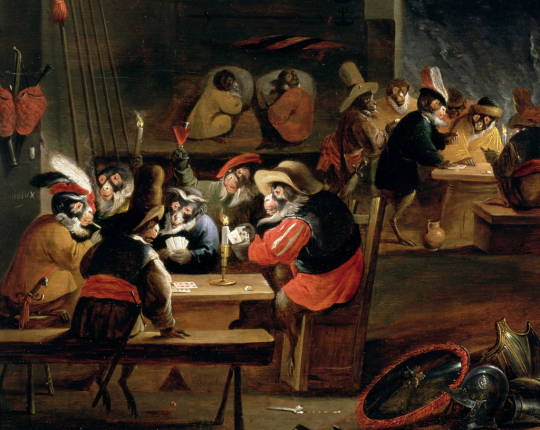
Monkeys in a Tavern, detail of the card game (detail of 64505)
by Ferdinand van Kessel
oil on panel
Johnny van Haeften Gallery, London, UK
16 notes
·
View notes
Photo

Leven en dood
vandaag een niet zo heel leuk onderwerp, maar wel interresant. Namelijk leven en de dood. Ik ga hier veder op in doormiddel van een kunstwerk te gebruiken, want hoe kan je dit zien in een kunstwerk?
Het kunstwerk hierboven van Anne Dekking-van Haeften (de zielevogel krijgt de vrijheid 1962) is een goed voorbeeld van leven en de dood. Het beeld is een naakte man die zich opricht om de vogel in zijn hand de vrijheid te geven. Het opvallendste is de sokkel waar het beeld opstaat, namelijk een soort van doodskist. Het verhaal wat ik denk dat erbij hoort is een man die erg lijdt, reikt zich naar de dood, waar hij vrijheid heeft en geen pijn meer voelt (de vogel, die staat ook vaak voor de vrede). Het beeld vind ik erg mooi en een goed voorbeeld.
Isabel den Heijer 4V1
2 notes
·
View notes
Video
vimeo
LEWIS del MAR | TV (music video, 2020) from rubberband. on Vimeo.
CREATIVE DIRECTION + DIRECTED BY rubberband.
CO-DIRECTOR + LEAD ANIMATOR james siewert
ANIMATION TEAM ben duff + christine pfister + sophia VON haeften
POST LEAD + FINISHING kao cheng kai
0 notes
Photo

Giftig speelt zich af op landgoed Huis ten Have te Veenbrug in Groningen. Het landgoed heeft een rijke geschiedenis en diende van 1885 tot 1940 als psychiatrische kliniek voor vrouwen. Welke geheimen worden er door de familie van Haeften en het personeel verzwegen of zelfs toegedekt? Meer weten? Lees dan nu ook Giftig! #suzannaesthernl #suzannaestherofficial #giftig #psychologischeroman #roman #psychologisch #psychologie #paperback #eboek #epub #ebool #luisterboek #boek #boeken #audioboek #bol #bolcom #cliffer #luisterbieb #luisterbiebapp #luisterrijk #nextory #nextorynl #nextorybe #storytel #storytelnl #storytelbe #spannendboek #psychologischeroman #spannendeboeken #psychologischeromans https://www.instagram.com/p/Ck53qrYIkiW/?igshid=NGJjMDIxMWI=
#suzannaesthernl#suzannaestherofficial#giftig#psychologischeroman#roman#psychologisch#psychologie#paperback#eboek#epub#ebool#luisterboek#boek#boeken#audioboek#bol#bolcom#cliffer#luisterbieb#luisterbiebapp#luisterrijk#nextory#nextorynl#nextorybe#storytel#storytelnl#storytelbe#spannendboek#spannendeboeken#psychologischeromans
0 notes
Text
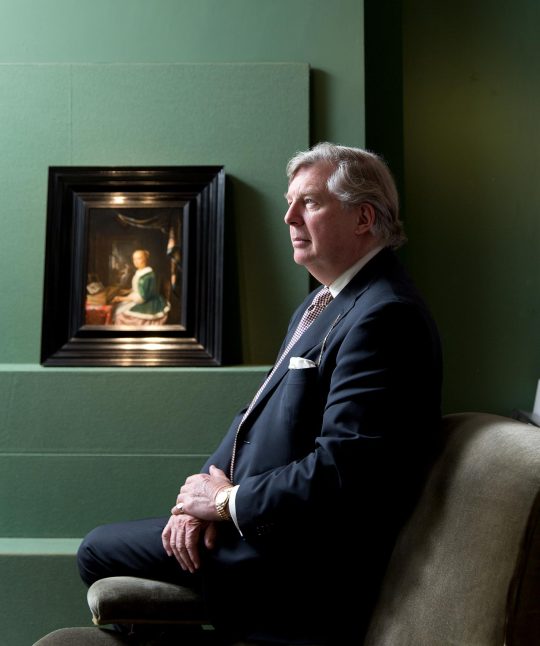
Johnny Van Haeften
100 notes
·
View notes
Photo

Valkyrie (2008)
#2008#film#movie#WWII#Valkyrie#Tom Cruise#Colonel Claus von Stauffenberg#Carice van Houten#Nina von Stauffenberg#Jamie Parker#Lieutenant Werner von Haeften
15 notes
·
View notes
Text
Werner von Haeften
I don't know if you still update this blog, but I recently found new stuff about Werner von Haeften, by pure luck. It's a dissertation/thesis about Werner and his brother Hans-Bernd, written by Rieke C. Harmsen (who is the granddaughter of Werner's sister Elisabeth, therefore she had easy access to the family archive) It's over 600 p. long, so basically a book. It's in German though, so if anyone is interested here's the link to the pdf file: https://ub-deposit.fernuni-hagen.de/receive/mir_mods_00001713 (it's the homepage of the University of Hagen) It's a wonderful read, tons of new information, really detailed information about his whole life, of course his relationship with Stauffenberg (such a bromance, you have no idea, they became fast friends and were incredibly close).
11 notes
·
View notes
Photo
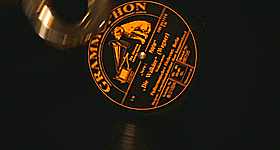



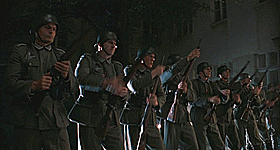
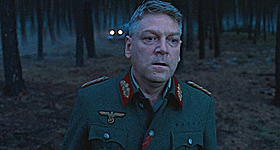
“We have to show the world
that not all of us are like him.”
23 notes
·
View notes
Photo

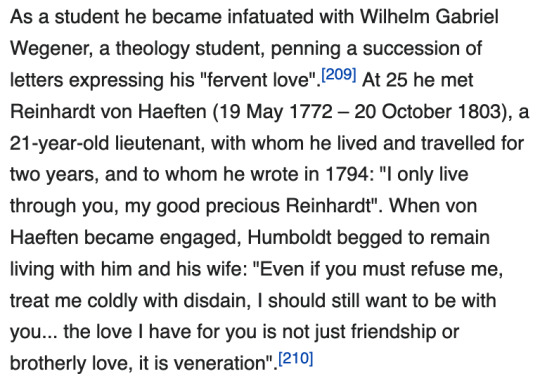


where is our woke biopic of gay poly father of modern science alexander humboldt!!!!
#where is it!!!!#can i cast colin morgan as haeften because he did so well as oscar wilde's flippant twink
0 notes
